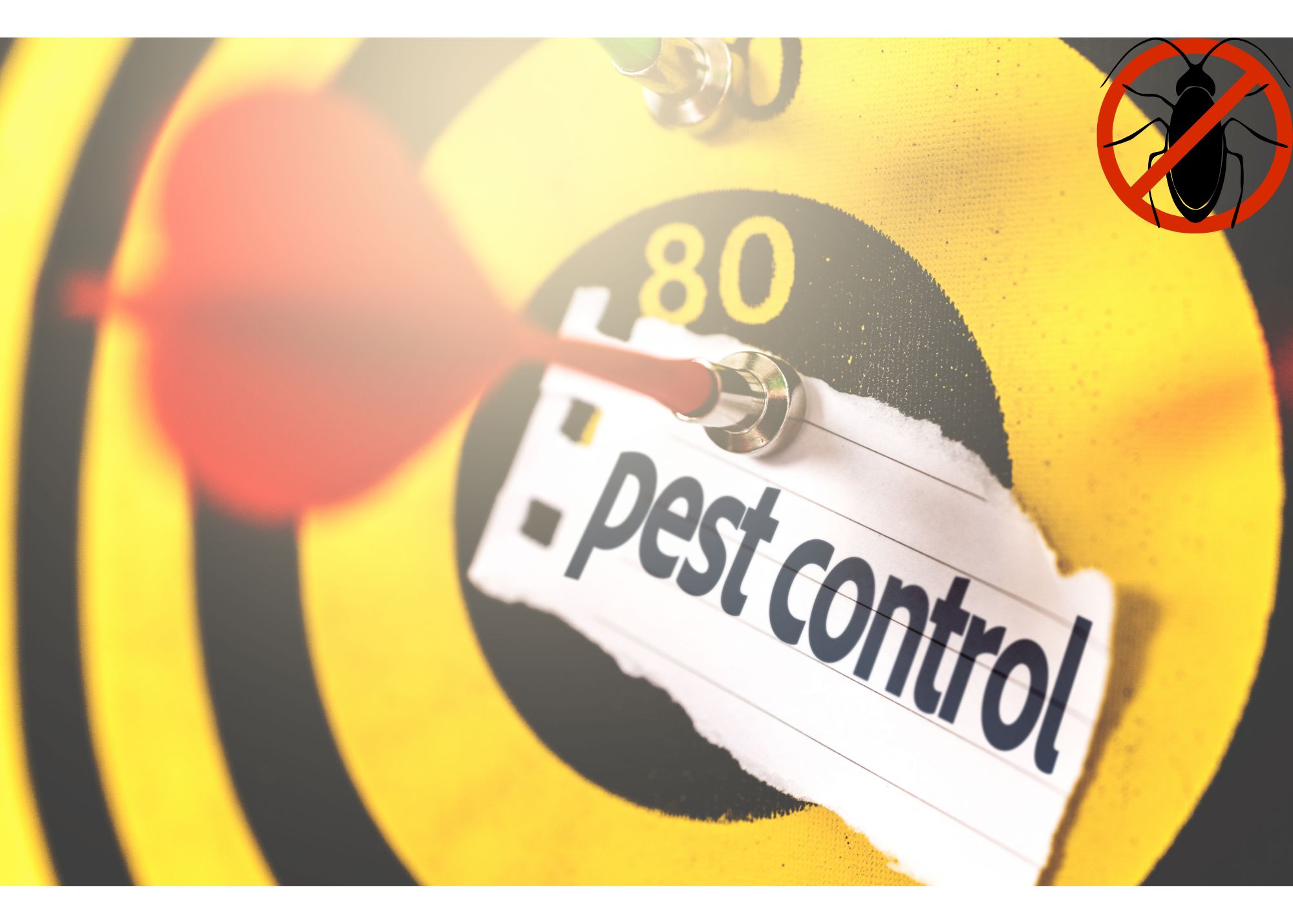This Under-the-Radar Pest Control Is Big Business
Pest control giant Rollins (NYSE:ROL) is the parent company of well-known brands that include Orkin and Waltham Pest Services. Through its network of subsidiaries and franchisees, Rollins offers pest control services throughout the United States, Canada, the UK and even Australia.
By building out its family of brands over time, Rollins has staked out a prominent position in a reliable, growing industry.
Is ROL a good stock to own now, or are there better opportunities out there for investors?
Key Points
-
Rollins has grown revenue for 15 straight years, now exceeding $3 billion, and holds 13% of the U.S. pest control market.
-
Trading at 52.2x earnings, ROL seems overvalued but has sustained high multiples due to consistent earnings growth and 27.5% ROIC.
-
Rollins has raised dividends for 21 years, averaging 17.3% annual growth, with a 62% payout ratio and low debt.
Is Rollins Overvalued?
One question that quickly arises when looking at Rollins stock is whether shares of the pest control company could be overvalued. After all, the stock is currently priced at 52.2 times earnings, 7.3 times sales, 18.4 times book and 3.3 times earnings growth. These high multiples could raise concerns for value investors.
It’s worth noting, though, that ROL shares have shown a remarkably consistent ability to sustain high valuation multiples. The P/E ratio, for instance, has been in the 40s or 50s fairly consistently since 2016. Price-to-sales ratios, meanwhile, have run between 5 and 8 through most of the same period.
With this historical tolerance for high multiples taken into account, the case for ROL being significantly overvalued becomes a bit less concerning. However, there is a chance that the stock is trading toward the upper limits of its fair value. The average analyst price forecast for ROL is $48.85, and the stock trades slightly higher than that at $50.08.
Revenue Growth For 15 Years Straight
Of course, a high valuation of the sort that Rollins commands requires superior results from the underlying business. Fortunately for ROL shareholders, the company appears to be delivering in this department.
It has delivered positive year-over-year revenue growth in every quarter since 2010, resulting in full-year revenues rising from just over $1 billion to well over $3 billion. Over the same time frame, net income has increased from under $100 million to over $450 million.
Rollins continued this exceptional run of revenue and earnings growth in Q3, the last quarter for which a report had been released as of the time of this writing.
Total revenues for the quarter increased 9 percent year-over-year to $916 million, while earnings rose 7.7 percent to $0.28 per share. Operating cash flow also increased by a very healthy 15.4 percent to $146.9 million.
In addition to its strong growth, Rollins does very well in terms of profitability. The company has been able to generate a 27.5 percent return on invested capital and a 39.3 percent return on equity, both of which are extremely positive for long-term shareholders.
Net margins, meanwhile, have been trending gradually upward for many years. As of the end of Q3, the company’s trailing 12-month net margin was 14.2 percent.
Another upside for Rollins is the fact that it still appears to have plenty of room for future growth. Through 2032, the pest control market is expected to keep expanding at a compounded annual growth rate of 6.2 percent.
Warming temperatures in certain regions are also expected to increase the prevalence of termite infestations, potentially creating greater demand for Rollins’ pest control services.
As a leader in the pest control market, Rollins will likely remain a go-to service choice for homeowners and commercial real estate holders as the market continues to grow.
Does Rollins Have a Solid Moat?
One thing investors may want to see with Rollins’ high valuation is a defensible moat that protects it from competition.
With 13 percent of all pest control industry revenues in the United States, Rollins doesn’t have an absolute lock on the market. It does, however, command a large enough piece of it that it’s difficult to see the company going anywhere anytime soon.
Rollins also has the advantage of having well-known brand names under its portfolio, especially the trusted Orkin brand. To take market share from Rollins, a competitor would have to build up equally well-known brands and franchise them across the country and internationally.
So, while Rollins’ moat may not be absolutely ironclad, the company’s advantages do appear to be enough to insulate it from competitive pressures.
Rollins’ Dividend
A final piece of the puzzle for ROL shares is the fact that Rollins pays a fairly healthy dividend. Each share of ROL pays $0.54 per share annually, translating to a yield of 1.2 percent.
This is almost identical to the average yield currently paid by the S&P 500. Rollins isn’t quite a dividend aristocrat, but it has been raising its dividend for 21 consecutive years, giving it a reasonably strong history of increases.
Rollins has also maintained a high level of dividend growth, showing management’s commitment to returning cash to shareholders through quarterly payouts.
Over the last 10 years, Rollins has averaged an annual dividend increase of 17.3 percent. That number has climbed to 21.8 percent over the last three years.
Given that Rollins still has a fairly safe payout ratio of about 62 percent and its earnings are still growing, it seems likely that the company’s run of dividend increases will continue for the foreseeable future.
Is Rollins Stock a Buy Sell or Hold?
Rollins stock appears to be a hold at this time with the fair value consensus among analysts of $48.85, which sits very close to where the stock trades.
Although Rollins stock does trade at a fairly high price, the company’s numbers seems to justify it. Given the future growth prospects Rollins has and the fact that the stock pays a dividend roughly equal to the S&P 500 index as a whole, there’s quite a lot to like about ROL at the moment.
Rollins also has a strong balance sheet that may help it support its future growth. As of the end of Q3, the company’s assets totaled $2.82 billion, while its liabilities totaled just $1.50 billion. Of that, only $445.2 million was long-term debt. Rollins’ debt-to-equity ratio is currently 0.3, a level that the company will likely see no serious trouble from.
For investors seeking long-term, steady growth, ROL may be a good candidate. Though the stock’s value multiples are quite high, management has demonstrated that it can keep Rollins’ growth high enough over time to make sense of its high pricing. The company also offers high returns on both invested capital and equity, both of which are good indicators of long-term compounding capabilities. Right now, Rollins looks like it could be a good candidate to buy and hold.



